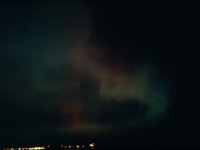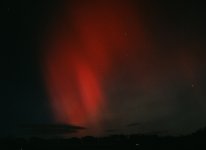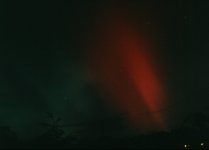edenwatcher
Well-known member
Not a bad weekend.
The undoubted highlight was a flock 31 whooper swans on the estuary on Saturday morning. Only 4 juvs. however so perhaps a poor breeding season. Alternatively failed breeders could migrate first ...
We continue to see unprecendetned auk numbers (for us) - 3 guillemots on Saturday and 2 yesterday. Here's hoping for a little auk ...
Waders still include 7 greenshank and 3 ruff with golden plovers now up to about 2000. Unlike for Andrew Whitehouse on the Ythan, no sign of any yankees among them. There was an unusually visible snipe yesterday afternoon and our highest grey plover count for a while (29).
Passerine highlights have included 5 rock pipits, a flock of long-tailed tits and a goldcrest.
Rob
The undoubted highlight was a flock 31 whooper swans on the estuary on Saturday morning. Only 4 juvs. however so perhaps a poor breeding season. Alternatively failed breeders could migrate first ...
We continue to see unprecendetned auk numbers (for us) - 3 guillemots on Saturday and 2 yesterday. Here's hoping for a little auk ...
Waders still include 7 greenshank and 3 ruff with golden plovers now up to about 2000. Unlike for Andrew Whitehouse on the Ythan, no sign of any yankees among them. There was an unusually visible snipe yesterday afternoon and our highest grey plover count for a while (29).
Passerine highlights have included 5 rock pipits, a flock of long-tailed tits and a goldcrest.
Rob







